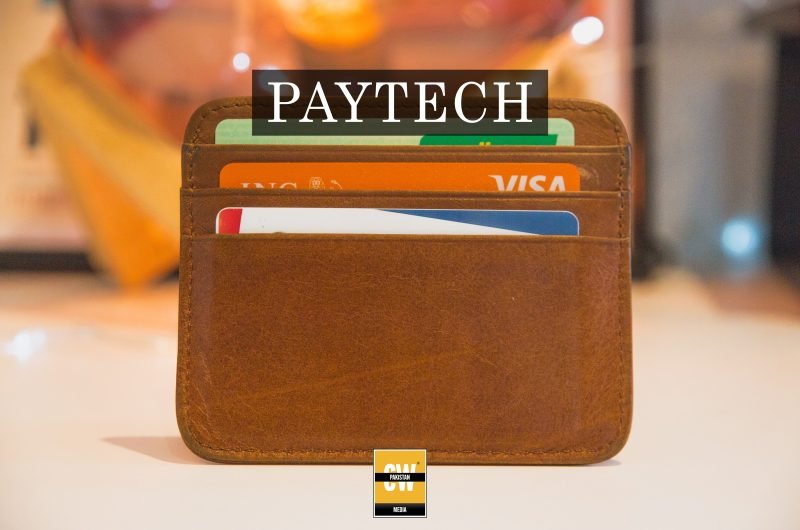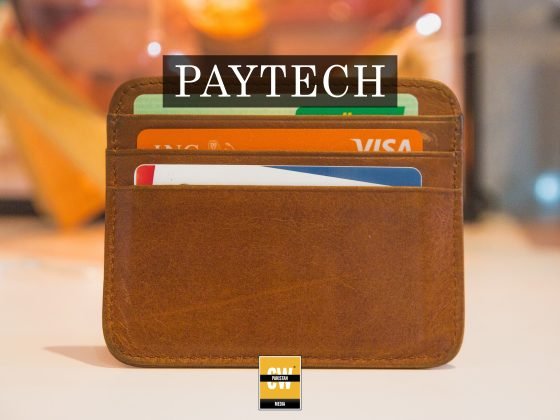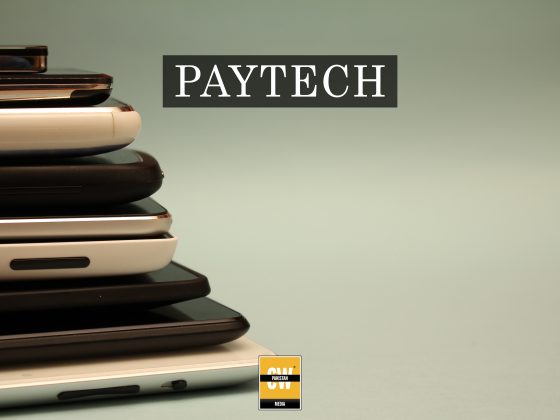Pakistan is accelerating its push toward a cashless economy with a clear roadmap under the Prime Minister’s Cashless Economy initiative. Specialized committees have tasked the State Bank of Pakistan (SBP) with expanding access to digital banking and scaling digital payment adoption nationwide. A key milestone within this framework is the government’s plan to route 100 percent of remittances through banks and digital wallets by 2026, eliminating cash-based payouts to ensure transparency and efficiency. Currently, about 80 percent of remittances already flow through formal banking and wallet channels, but officials want complete migration within the next year.
The government’s vision extends beyond remittances. By the end of fiscal year 2025-26, it aims to have two million active digital merchants across the country and raise the number of mobile and internet banking users from 95 million today to 120 million. Additionally, the target is to double annual digital transactions to reach 15 billion, which will mark a significant transformation in Pakistan’s financial ecosystem. SBP is expected to spearhead these efforts by ensuring that mobile banking becomes more accessible and user-friendly for every segment of society, from urban professionals to rural communities.
Minister for IT and Telecom Shaza Fatima highlighted that Pakistan’s existing digital infrastructure provides a strong foundation for this transformation. With more than 143 million broadband users, the reach of digital services is unprecedented. She emphasized that mobile wallets have now surpassed traditional bank accounts in adoption, making branchless banking a key driver in financial inclusion. However, she acknowledged that challenges remain, particularly in market competition, as only Jazz and Telenor have successfully built robust digital wallet platforms while other telecom operators lag behind.
Easypaisa, launched by Telenor in 2009, pioneered the mobile wallet landscape and has since evolved into Pakistan’s first full-fledged digital bank. Today, it serves 18 million monthly active users, including 14 million through its mobile app, offering a broad suite of services such as bill payments, savings, and financial products tailored to unbanked populations. JazzCash, introduced in 2012, has emerged as the dominant player with 21 million monthly active users, including 15 million app-based users. Its rapid growth is attributed to a simple onboarding process requiring no paperwork or physical branch visits, making it widely accessible in both rural and urban areas. JazzCash provides nano loans, insurance, and welfare disbursements, further embedding itself into everyday financial transactions.
Despite market uncertainties tied to the Telenor-PTCL merger, Easypaisa continues to strengthen its footprint in urban centres, while JazzCash leads rural expansion. Other players, such as Ufone’s Upaisa, have struggled to gain traction, and Zong has yet to establish a competitive digital wallet service. The model of using shopkeepers as local agents for deposits and withdrawals has been particularly effective in bridging gaps in financial access across remote areas. With government backing, SBP’s regulatory oversight, and increasing consumer demand, Pakistan is on track to make digital wallets and formal banking channels the cornerstone of its financial landscape, ensuring that remittances, merchant payments, and individual transactions move firmly into the digital domain.
Follow the SPIN IDG WhatsApp Channel for updates across the Smart Pakistan Insights Network covering all of Pakistan’s technology ecosystem.










